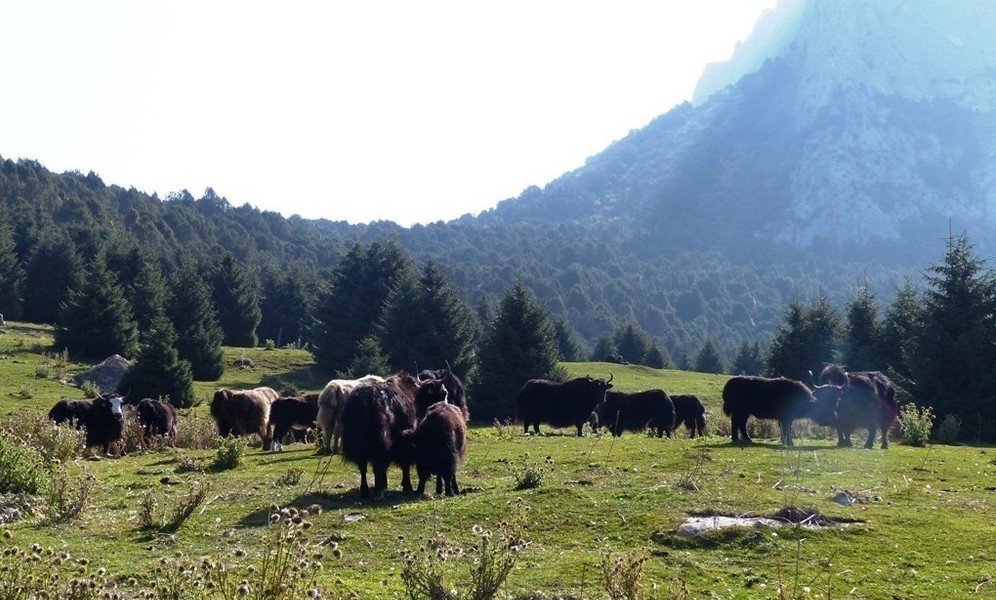Ecology AKIpress – Forests around the world are absorbing about 31% more carbon dioxide than previously thought, according to a new estimate by scientists. The study , detailed in the journal Nature, is expected to improve the Earth system modeling that scientists use to predict future climate and highlight the importance of natural carbon sequestration in reducing greenhouse gas emissions.
The amount of CO2 removed from the atmosphere by photosynthesis by land plants is known as terrestrial gross primary production, or GPP. It is the largest amount of carbon exchanged between land and atmosphere on the planet. GPP is usually reported in petagrams of carbon per year. One petagram is equal to 1 billion metric tons, which is roughly equivalent to the amount of CO2 emitted by 238 million gas-powered passenger cars each year.
A team of scientists led by Cornell University, with support from the U.S. Department of Energy’s Oak Ridge National Laboratory, used new models and measurements to estimate land-based carbon emissions at 157 petagrams per year, up from the 120 petagrams estimate set 40 years ago and currently used in most estimates of Earth’s pollution.
Calculating how much carbon dioxide plants emit each year is a puzzle that scientists have been working on for some time, according to photosynthesis expert Lianhong Gu. The original estimate of 120 petagrams per year was set in the 1980s, and it has held up as scientists have tried to find a new approach.
The biggest difference between previous estimates and the new data was in tropical forests, Gu said, a finding that was confirmed by ground-based measurements. The finding suggests that tropical forests are a more important natural carbon sink than previously thought using satellite data.
Understanding how much carbon can be stored in terrestrial ecosystems, especially forests with their large reserves of woody biomass, is important for predicting future climate change.
https://eco.akipress.org/news:2183047/?from=eco&place=main-last

